The world of exotic pet birds is as colorful as the plumage these remarkable creatures display. Beyond their stunning appearance, exotic birds possess incredible intelligence, unique behaviors, and fascinating evolutionary adaptations that make them extraordinary companions. From the chatty African Grey parrot to the flamboyant Scarlet Macaw, these feathered wonders have captured human fascination for centuries. The following collection of facts highlights the remarkable aspects of exotic birds that continue to amaze both casual bird enthusiasts and dedicated avian experts alike. Whether you’re considering bringing an exotic bird into your home or simply appreciate these magnificent creatures from afar, these insights will deepen your understanding of what makes exotic pet birds truly special.
African Grey Parrots Possess Vocabulary Comparable to Toddlers
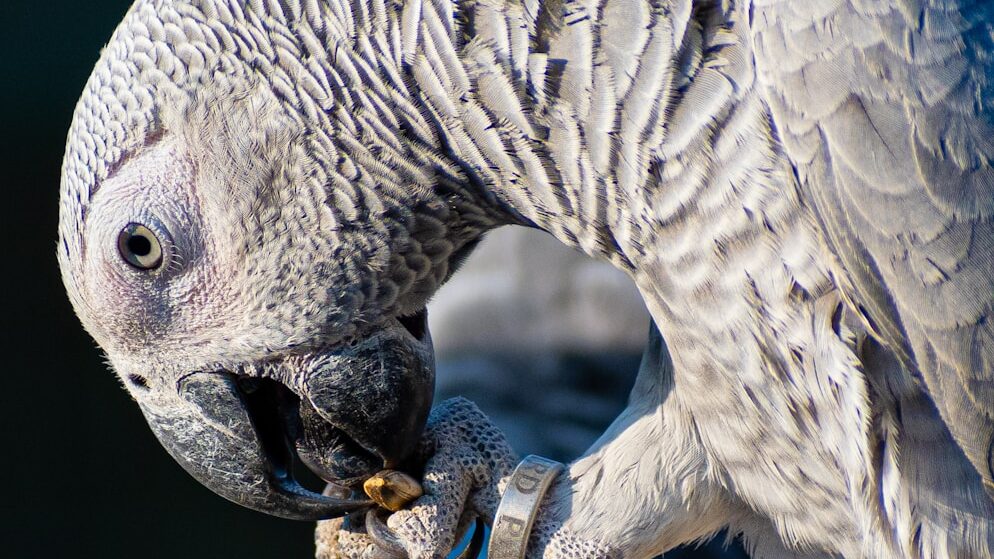
African Grey parrots are widely regarded as the most intelligent bird species, with cognitive abilities comparable to a five-year-old human child. These remarkable birds can learn and use hundreds of words in context, not merely mimicking but understanding the meaning behind what they say. The famous African Grey named Alex, studied by Dr. Irene Pepperberg, knew over 100 words and could identify colors, shapes, and numbers, demonstrating comprehension rather than simple repetition. Some exceptional African Greys have been documented with vocabularies exceeding 1,000 words, making conversations with these birds surprisingly meaningful and complex.
Many Exotic Birds Can Live for Decades
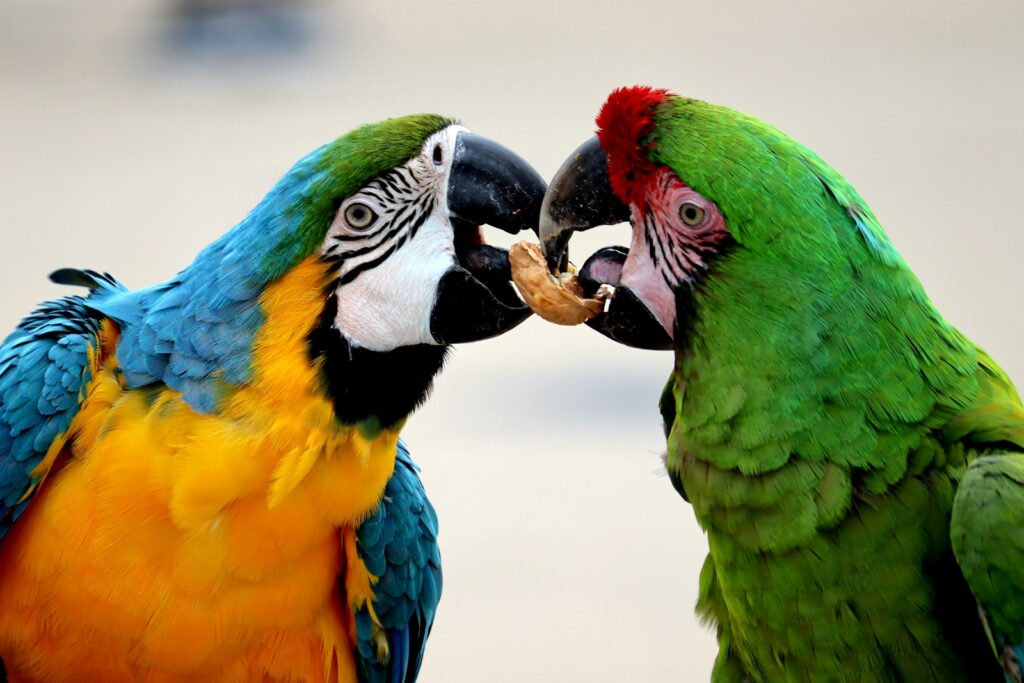
One of the most important considerations for potential exotic bird owners is their extraordinary lifespan, which often surprises those accustomed to traditional pets. Large macaws and cockatoos regularly live 50-70 years in captivity, with some individuals reaching their 80s or even 90s. Medium-sized birds like African Greys and Amazons typically live 40-60 years, while smaller species such as cockatiels and lovebirds can survive 15-25 years with proper care. This remarkable longevity means that many exotic birds will outlive their original owners, requiring extensive planning for their future care and sometimes necessitating provisions in owners’ wills.
Hyacinth Macaws Have the Strongest Beaks in the Bird World

The magnificent Hyacinth Macaw, with its stunning cobalt-blue plumage, possesses a beak capable of exerting pressure exceeding 1,000 pounds per square inch. This extraordinary strength enables these birds to crack open the rock-hard nuts of native palm species in their South American habitat, which few other animals can access. The power of their beaks extends beyond feeding purposes, as they use this tool to manipulate objects, climb, and even create nesting cavities in trees. Owners of these gentle giants must provide appropriate toys and perches specifically designed to withstand such crushing power, as standard bird accessories would be quickly destroyed.
Some Exotic Birds Can Detect Illness in Their Owners
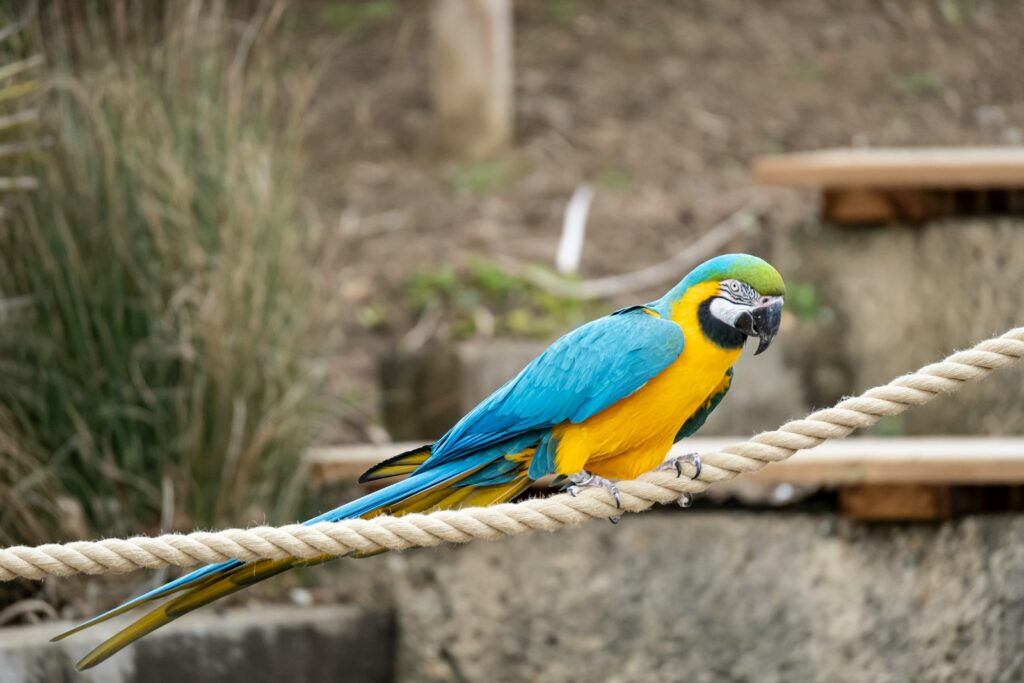
Certain species of pet birds, particularly the more intelligent parrots, demonstrate an uncanny ability to detect changes in their owners’ health conditions. There have been numerous documented cases of birds exhibiting unusual behavior—such as focused attention, increased vocalization, or refusing to leave their owner’s side—before medical conditions were diagnosed. This sensitivity likely stems from birds’ ability to detect subtle changes in body odor, behavior patterns, or even visual cues that humans might not consciously notice. Some birds have been credited with alerting owners to serious conditions like impending seizures, cancer, or heart problems, showcasing their remarkable perceptiveness and deep bond with their human companions.
Eclectus Parrots Display Extreme Sexual Dimorphism
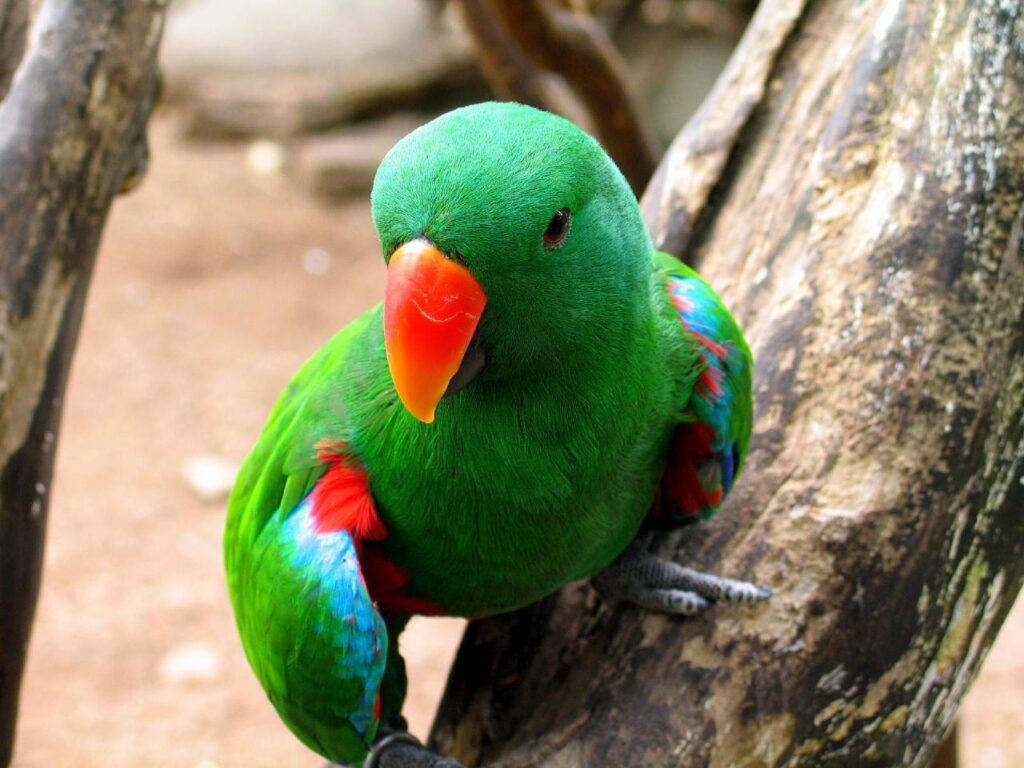
Unlike most bird species where males and females look similar, Eclectus parrots exhibit one of the most dramatic examples of sexual dimorphism in the avian world. Male Eclectus parrots display brilliant emerald green plumage with touches of red and blue under their wings, while females are a striking crimson red with purple-blue accents on their chest and tail. This extreme color difference led early naturalists to mistakenly classify them as two entirely different species until breeding pairs were observed in the late 19th century. The evolutionary reason for this extraordinary difference relates to their unique nesting habits, where females spend extensive time in tree hollows while males forage across larger territories.
Cockatoos Produce Their Own Facial Powder
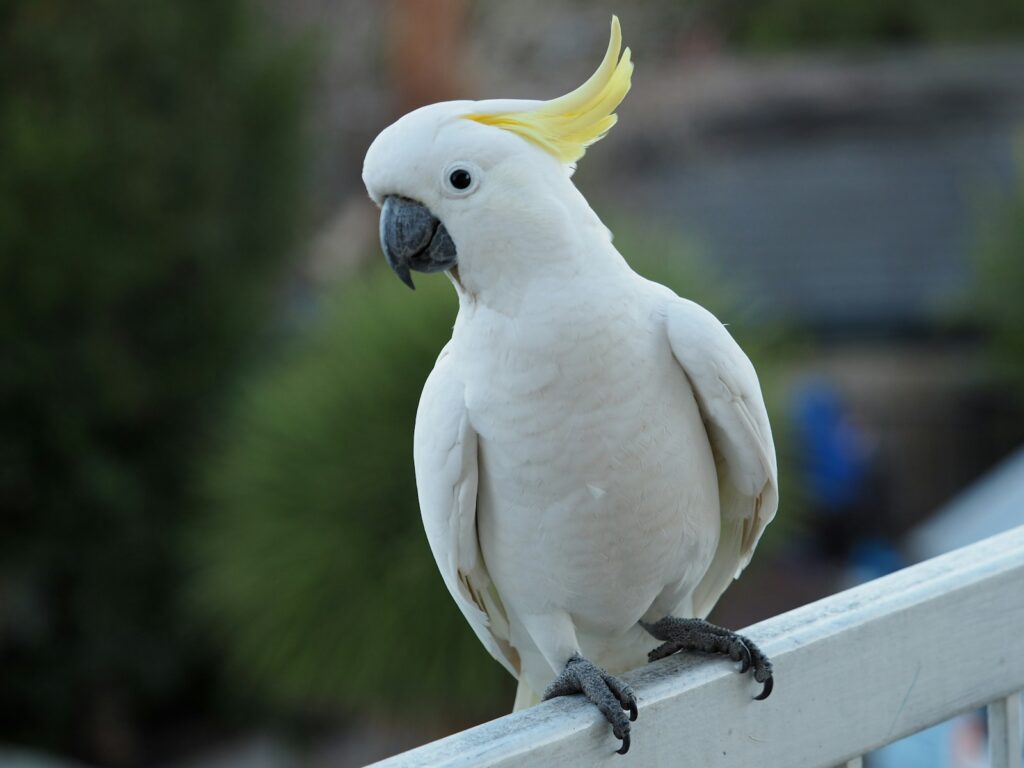
Cockatoos possess specialized feathers called powder down that continuously disintegrate into a fine, talc-like powder that coats their feathers and skin. This natural powder serves as waterproofing and provides protection from environmental elements, essentially functioning as a built-in dry shampoo. The powder down feathers grow continuously and break down at the tips, creating a constant supply of this protective dust that gives cockatoos their distinctive silky appearance. While beneficial for the birds, this powder can be problematic for humans with respiratory sensitivities, sometimes triggering allergic reactions or exacerbating asthma in susceptible individuals who share living spaces with these charismatic birds.
Toucans Regulate Body Temperature Through Their Bills
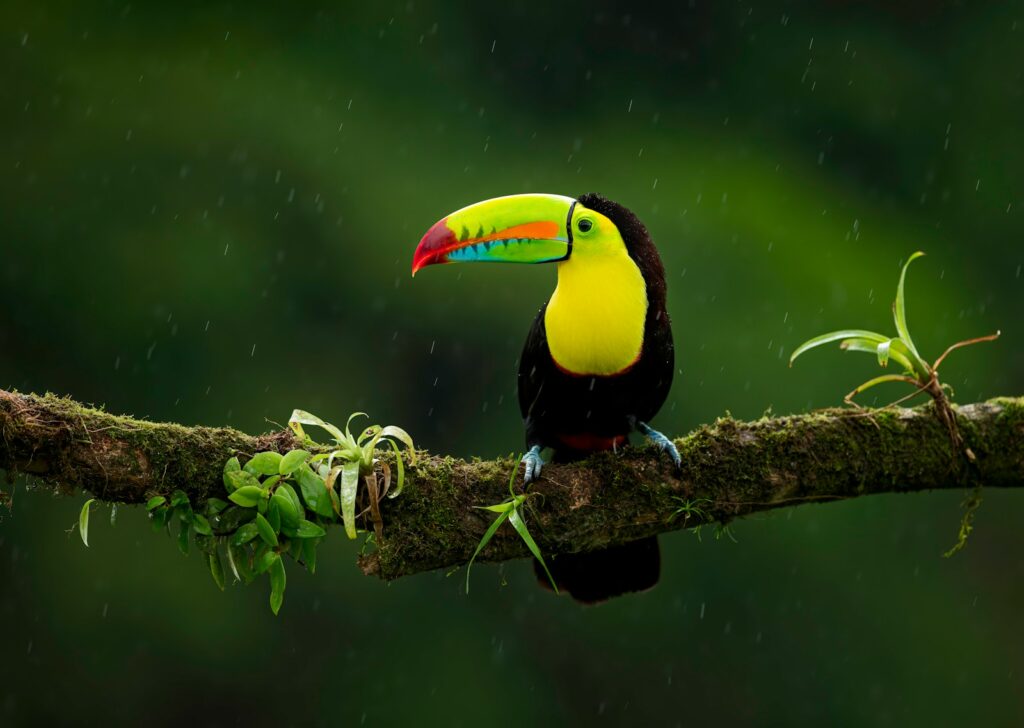
The iconic, oversized bills of toucans serve a far more important function than merely looking spectacular or manipulating food. These massive bills act as highly efficient thermal radiators, helping toucans regulate their body temperature in their warm, humid rainforest habitats. When a toucan becomes overheated, blood vessels in its bill dilate, allowing excess body heat to dissipate into the surrounding air—functioning similarly to an elephant’s ears or a dog’s panting mechanism. Research has shown that toucans can control blood flow to their bills with remarkable precision, allowing them to release up to 400% more heat during warm periods compared to cooler times. This adaptation is a fascinating example of how seemingly ornamental features can serve critical physiological functions.
Many Exotic Birds Require Social Interaction Similar to Humans
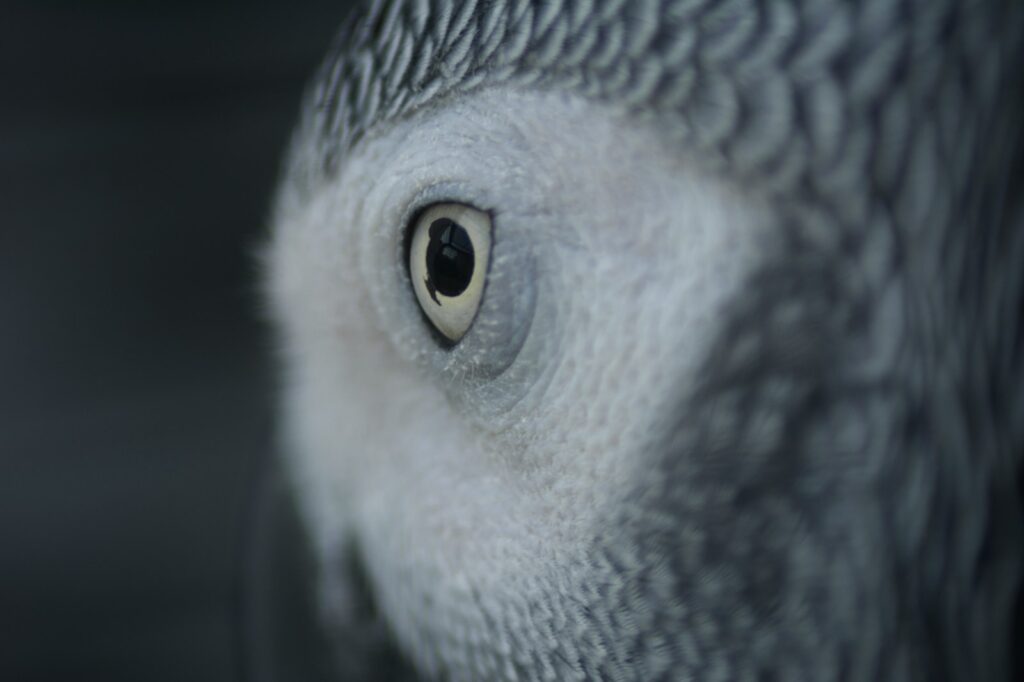
The social needs of exotic pet birds often surprise new owners with their intensity and complexity, rivaling the emotional requirements of human relationships. In the wild, most parrot species live in large flocks with complex social hierarchies, and this evolutionary programming doesn’t disappear in captivity. Without adequate interaction, attention, and mental stimulation, many birds develop severe psychological issues including feather plucking, self-mutilation, aggression, and depression. Highly social species like cockatoos, African Greys, and macaws typically require a minimum of 3-4 hours of direct interaction daily, with some individuals needing substantially more. This intensive social requirement makes exotic birds unsuitable for people with demanding schedules or frequent travel commitments.
Some Bird Species Can See Ultraviolet Light
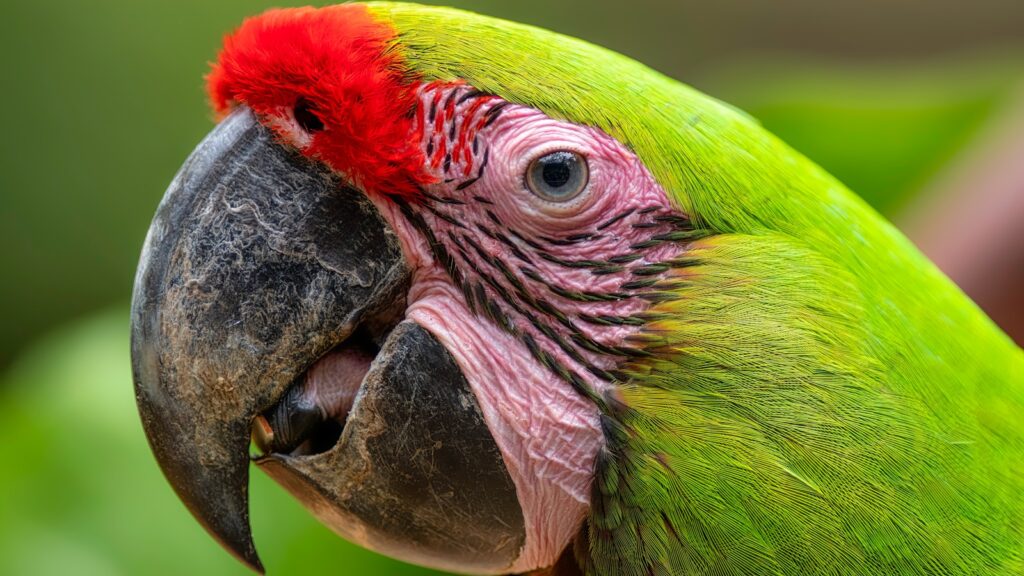
Many exotic bird species possess tetrachromatic vision, meaning they can see four primary colors including ultraviolet light, which is completely invisible to humans. This enhanced visual capability allows birds to perceive details in their environment and in other birds that remain hidden to human eyes. For example, what appears as uniform yellow plumage to humans might actually contain intricate ultraviolet patterns that play crucial roles in mate selection and species recognition. This specialized vision also helps birds locate certain foods, such as fruits that reflect UV light or insects that leave UV-visible trails. Understanding this visual difference helps explain why birds sometimes react to seemingly invisible stimuli in their environment or show preferences for certain objects over visually identical alternatives.
Macaws Can Fly at Speeds Exceeding 35 MPH
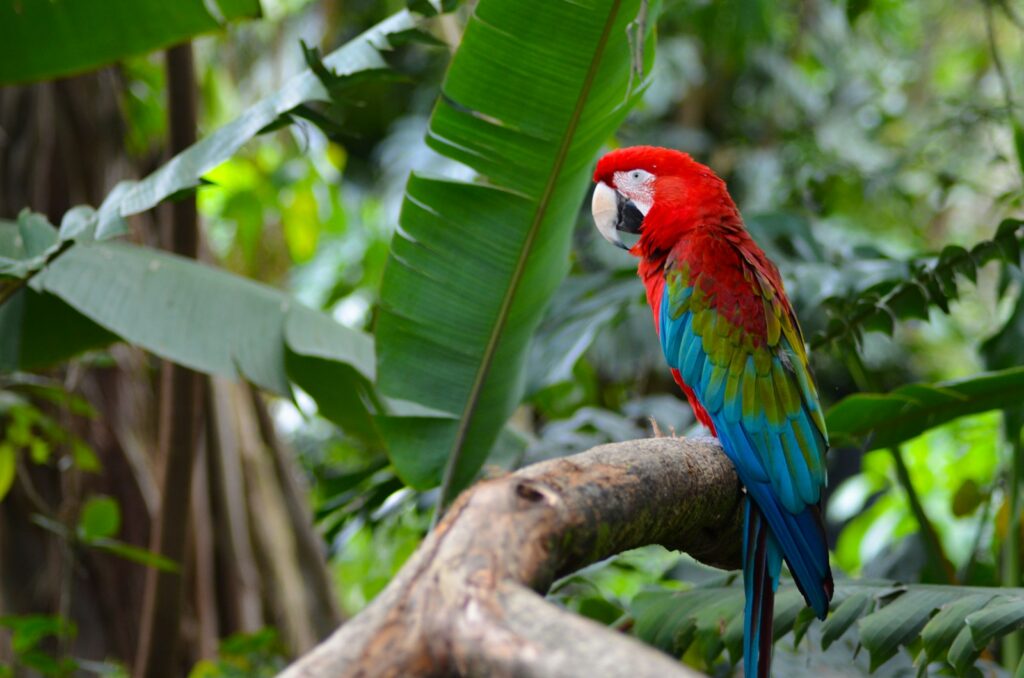
In their natural rainforest habitats, macaws are capable of remarkable aerial feats, reaching speeds of 35-50 miles per hour during sustained flight. These powerful birds can cover distances of 15-20 miles daily in search of food, utilizing thermal air currents to maintain these impressive speeds while conserving energy. Their specialized wing anatomy, with elongated primary feathers and strong flight muscles, enables both rapid acceleration and precise maneuverability through dense forest canopies. This natural flying ability creates significant ethical considerations for pet owners, as even large aviaries cannot provide the space these birds evolved to navigate, leading many experts to recommend regular supervised flight time outside cages for captive macaws to maintain physical and psychological health.
Budgerigars Hold the Record for Largest Vocabulary in Birds

While African Greys are often celebrated for their cognitive abilities, the humble budgerigar (commonly known as the budgie or parakeet) actually holds the world record for the largest documented vocabulary of any bird. The record-holder, a budgie named Puck, was documented by the Guinness Book of World Records with a vocabulary of 1,728 words. Unlike larger parrots that often speak in deeper, more human-like tones, budgies typically speak in a rapid, high-pitched voice that requires attentive listening to distinguish. The exceptional language capacity of these small, affordable birds makes them remarkably accessible companions for those interested in verbal interaction with their pets, though individual speaking ability varies dramatically between birds.
Cockatoos Can Solve Complex Mechanical Puzzles

The problem-solving abilities of cockatoos have astonished researchers studying avian intelligence, with documented cases of these birds mastering complex sequential puzzles that would challenge many primates. In landmark studies, Goffin’s cockatoos demonstrated the ability to solve multi-step mechanical problems requiring them to remove up to five different locking mechanisms in the correct sequence to access food rewards—without prior training or demonstration. Even more impressively, once a single bird discovered the solution, others learned through observation, demonstrating cultural transmission of knowledge. These cognitive abilities translate to potential challenges for pet owners, as cockatoos frequently figure out cage latches, door handles, and cabinet locks, requiring specialized “cockatoo-proof” security measures in homes where they reside.
Exotic Birds Can Experience Emotional Bonds for Life
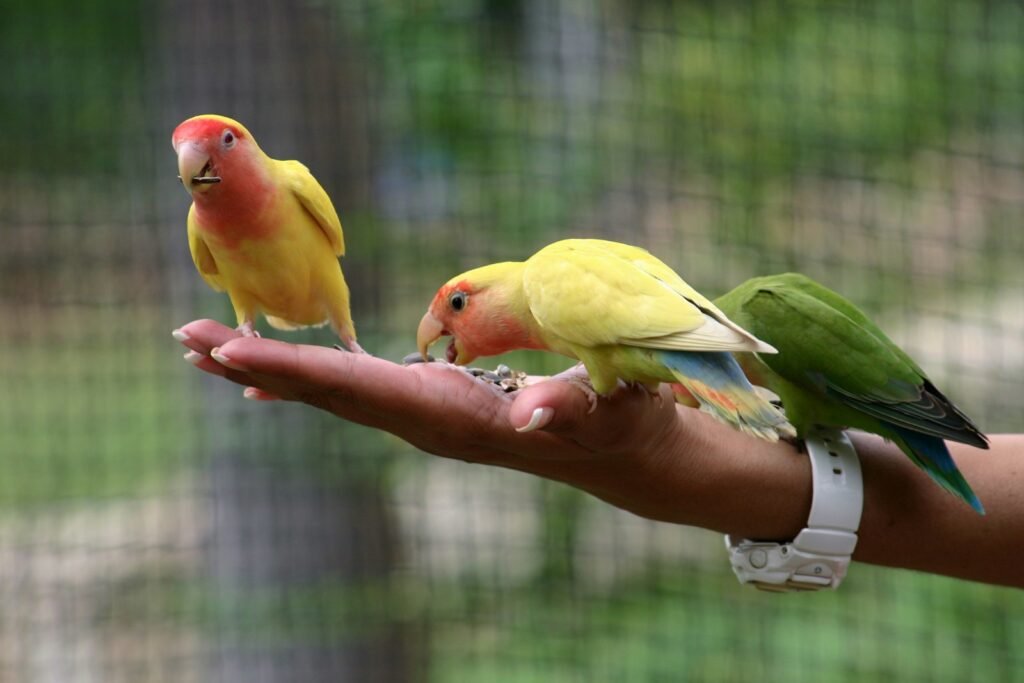
Many parrot species are naturally monogamous and form deep, lasting bonds with their mates in the wild, a trait that transfers to their relationships with human caretakers. Once bonded to a particular person, these birds often demonstrate unmistakable affection through regurgitating food (a natural courtship behavior), seeking physical contact, and showing visible distress when separated. This capacity for attachment can lead to challenging situations when birds become exclusively bonded to one family member while showing aggression toward others. The emotional depth of these birds is further evidenced by documented cases of them grieving deceased companions, sometimes refusing food and demonstrating depressive behaviors for extended periods after losing a bonded partner, whether avian or human.
Some Exotic Birds Need Specialized Veterinary Care
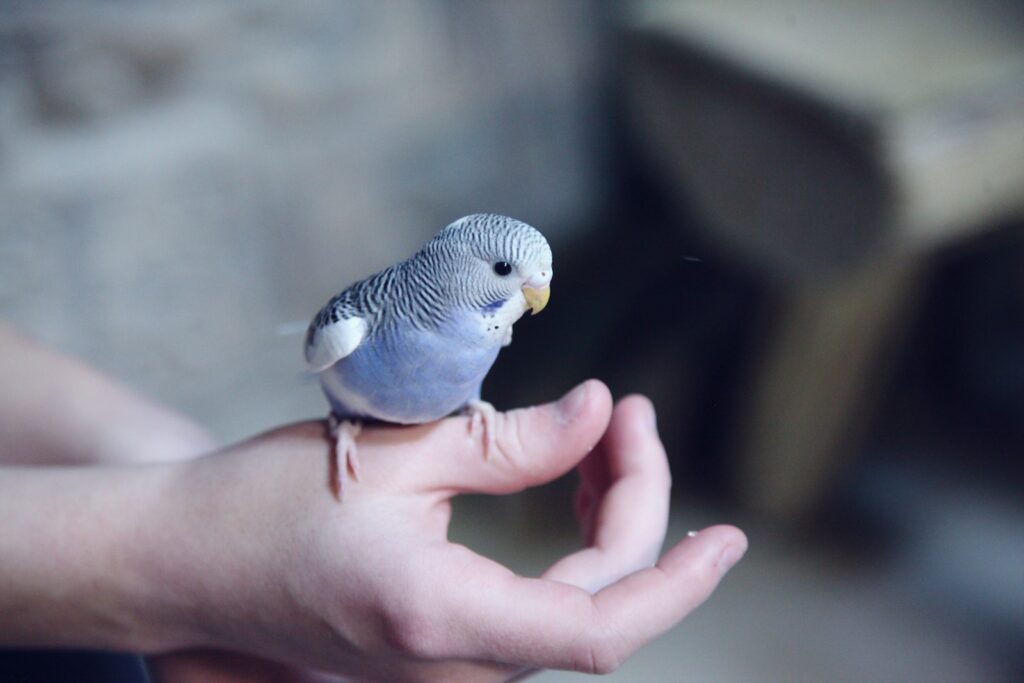
The unique physiology of exotic birds presents significant challenges for their medical care, requiring specialized avian veterinarians with training far beyond standard veterinary education. Birds possess highly efficient respiratory systems that can rapidly distribute medications or toxins throughout their bodies, making precise dosing critical for treatments. Their unique metabolism also means they hide illness effectively—an evolutionary survival mechanism that prevents showing weakness to predators—often not displaying symptoms until conditions are advanced. Prospective exotic bird owners should research avian veterinarians before acquisition, as many areas have limited access to qualified specialists, and emergency care costs can be considerable, with diagnostic workups commonly exceeding $500-1,000 and specialized treatments potentially running into thousands of dollars.
Many Exotic Birds Have Perfect Pitch
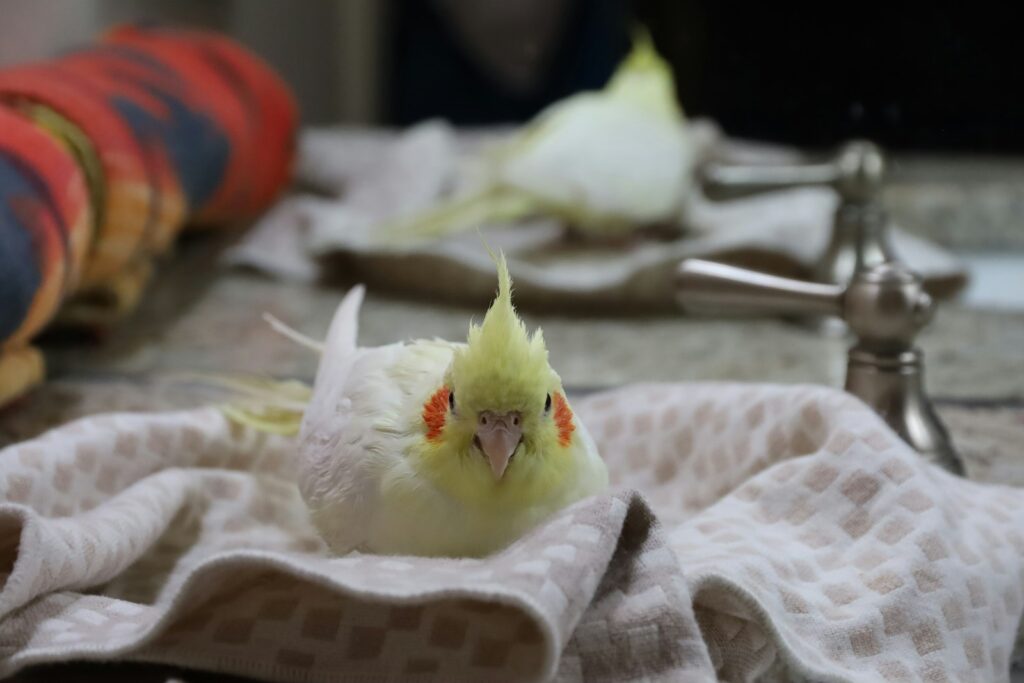
The vocal abilities of certain bird species extend far beyond simple mimicry to include perfect pitch—the rare ability to identify or reproduce any musical note without external reference. This musical talent allows birds like African Greys, cockatoos, and hill mynahs to accurately reproduce complex melodies, environmental sounds, and even multiple human voices with their distinctive tonal qualities preserved. Research has shown that birds accomplish this through specialized brain structures that process sound differently than mammals, with dedicated neural pathways for learning and reproducing vocalizations. Some captive birds have demonstrated the ability to learn and perfectly reproduce dozens of songs, commercial jingles, or musical themes, maintaining the correct key and tempo even when hearing them only a few times.
Caiques Are the “Clowns” of the Parrot World

Caiques, medium-sized parrots native to South America, have earned their reputation as the comedians of the avian world through their endearingly playful behaviors that persist throughout their lives. Unlike many parrot species that become more serious with maturity, caiques maintain juvenile playfulness well into adulthood, regularly engaging in wrestling matches, somersaults, and back-flips that appear purely recreational rather than functional. Their distinctive hopping locomotion (rather than walking) across flat surfaces adds to their comical appearance, along with their habit of lying on their backs to play with toys using their feet. This perpetual playfulness makes them particularly engaging companions, though their high energy levels and need for extensive enrichment makes them unsuitable for owners seeking quieter, more sedate pets.
Exotic Birds Can Develop Specific Musical Preferences
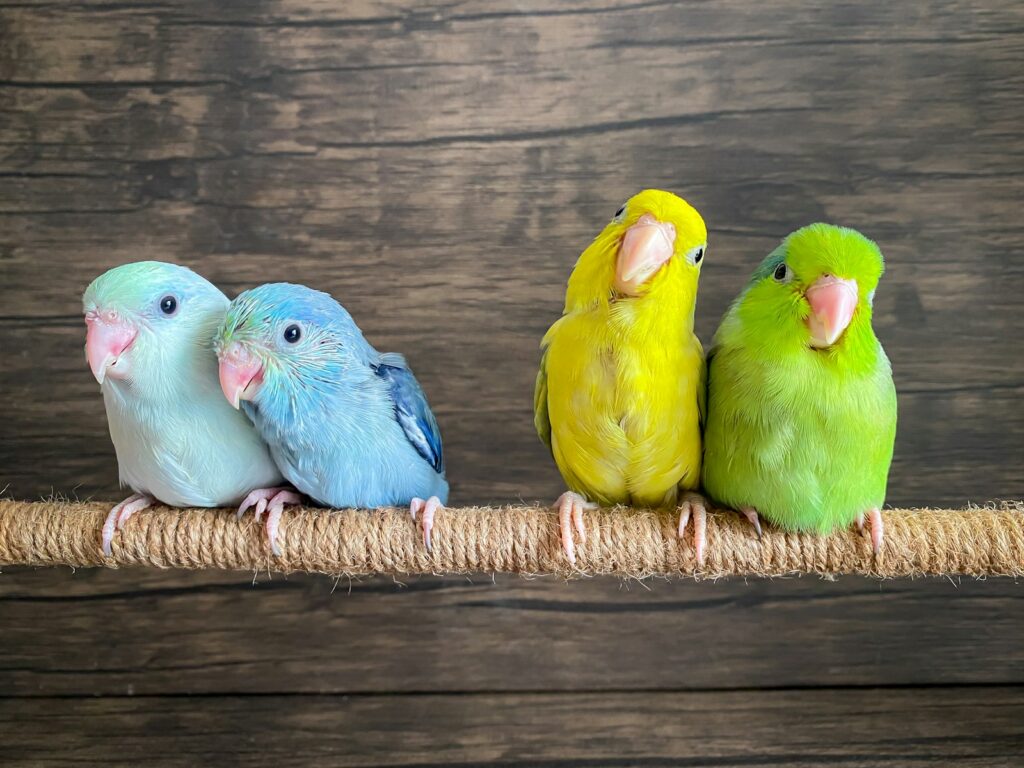
Research and anecdotal evidence from bird owners consistently show that many exotic birds develop distinct musical preferences, responding differently to various genres, artists, and even specific songs. Some birds demonstrate visible excitement—through dancing, head bobbing, or increased vocalization—when hearing preferred music, while showing disinterest or even distress when exposed to music they dislike. Studies with cockatoos and African Greys suggest preferences toward music with dynamic rhythmic patterns and mid-range frequencies similar to their natural vocalizations. Interestingly, individual birds within the same species often develop entirely different musical tastes, with some preferring classical compositions while others enthusiastically respond to pop, rock, or even heavy metal, suggesting a level of musical appreciation previously thought unique to humans.
Many Exotic Birds Can Recognize Themselves in Mirrors
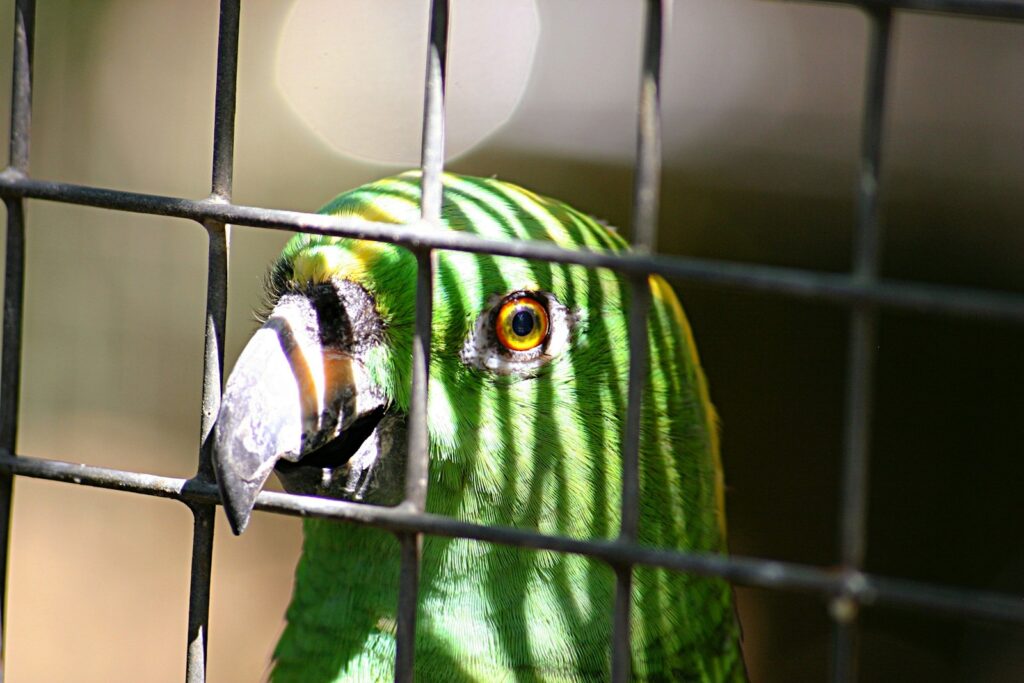
The ability to recognize oneself in a mirror—known as mirror self-recognition (MSR)—is considered a significant indicator of advanced cognitive function and self-awareness, previously thought limited to great apes, elephants, and a few marine mammals. Research has confirmed that several parrot species, including African Greys and magpies, demonstrate MSR by understanding the mirror shows their reflection rather than another bird. In controlled studies, these birds have used mirrors to locate colored dots placed on their bodies in areas they couldn’t directly see, attempting to remove these marks when seeing their reflection. This self-awareness extends to some birds using mirrors as tools, positioning them to view objects outside their direct line of sight or to groom areas they cannot otherwise see, demonstrating a sophisticated understanding of reflective properties.
Exotic Birds Require Complex Dietary Needs
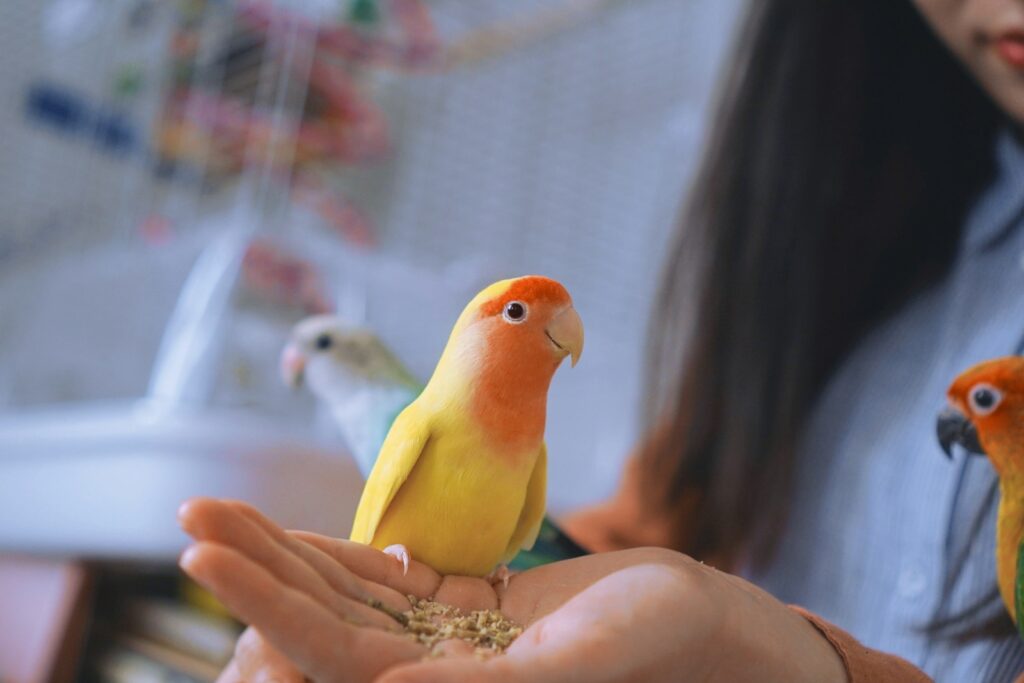
The nutritional requirements of exotic birds are far more complex than many owners initially realize, extending well beyond the seed-based diets that were standard practice in previous decades. Different species have evolved specialized digestive systems adapted to specific food sources in their native ranges, from the high-fat nuts that fuel macaws’ energetic needs to the nectar-based diet of lorikeets with their brush-like specialized tongues. Modern avian nutrition emphasizes the importance of pelleted diets supplemented with fresh fruits, vegetables, proteins, and carefully measured amounts of nuts and seeds appropriate for each species. Certain foods commonplace in human diets—including chocolate, avocado, and many houseplants—contain compounds highly toxic to birds, creating a substantial risk in households where food sharing with pets is a common practice.
The Illegal Bird Trade Threatens Many Species

Despite international protections and conservation efforts, the illegal exotic bird trade continues to threaten wild populations of numerous parrot species throughout their native ranges. Current estimates suggest that for every bird that survives capture and illegal transport to reach the international pet market, between three and ten birds die in the process. This devastating mortality rate, combined with habitat loss, has pushed species like the Spix’s Macaw to extinction in the wild, with others like the Philippine Cockatoo and Yellow-crested Cockatoo reaching critically endangered status. Responsible ownership includes verifying that birds are legally bred in captivity with appropriate documentation, as the demand for cheaper, illegally trapped birds continues to fuel poaching operations that devastate wild populations and contribute to ecosystem imbalance in biodiversity hotspots worldwide.
The extraordinary characteristics of exotic pet birds make them among the most fascinating companions humans can share their lives with. Their intelligence, longevity, and complex social needs create relationships more reminiscent of human friendships than typical pet ownership. From their remarkable cognitive abilities to their specialized physical adaptations, these feathered marvels continue to surprise even experienced aviculturists with their capabilities. However, these same remarkable qualities create significant responsibilities for those

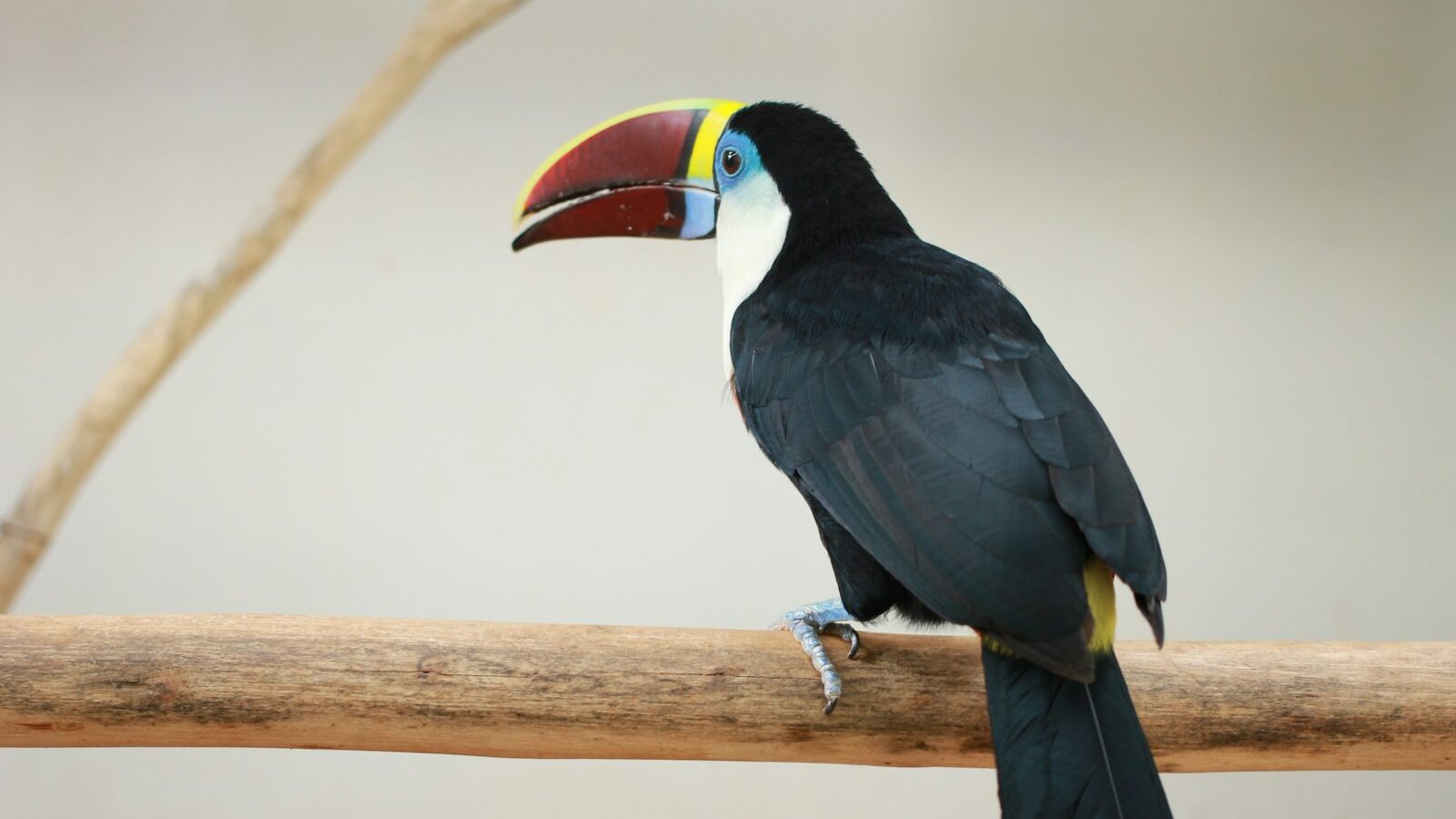

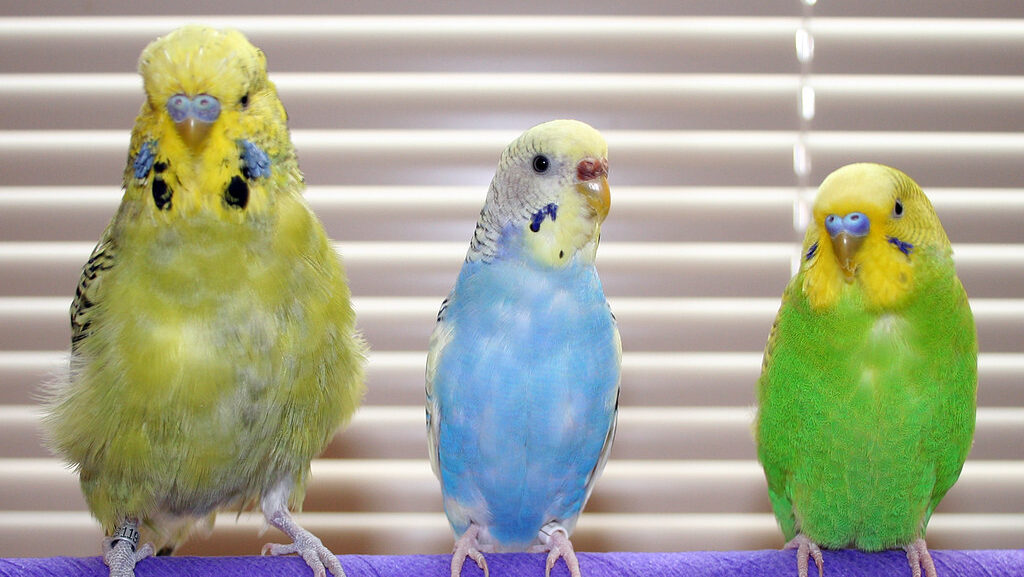

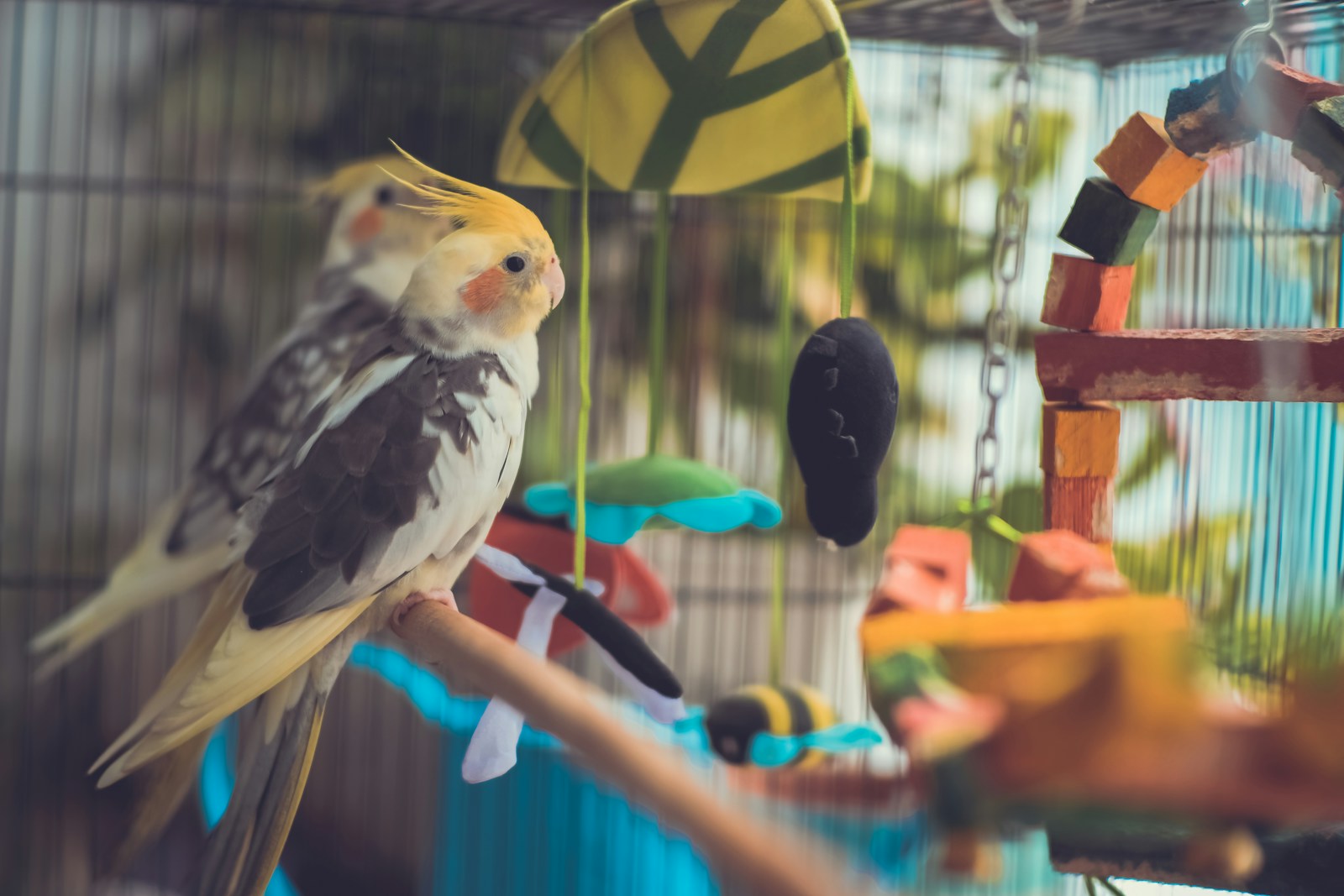
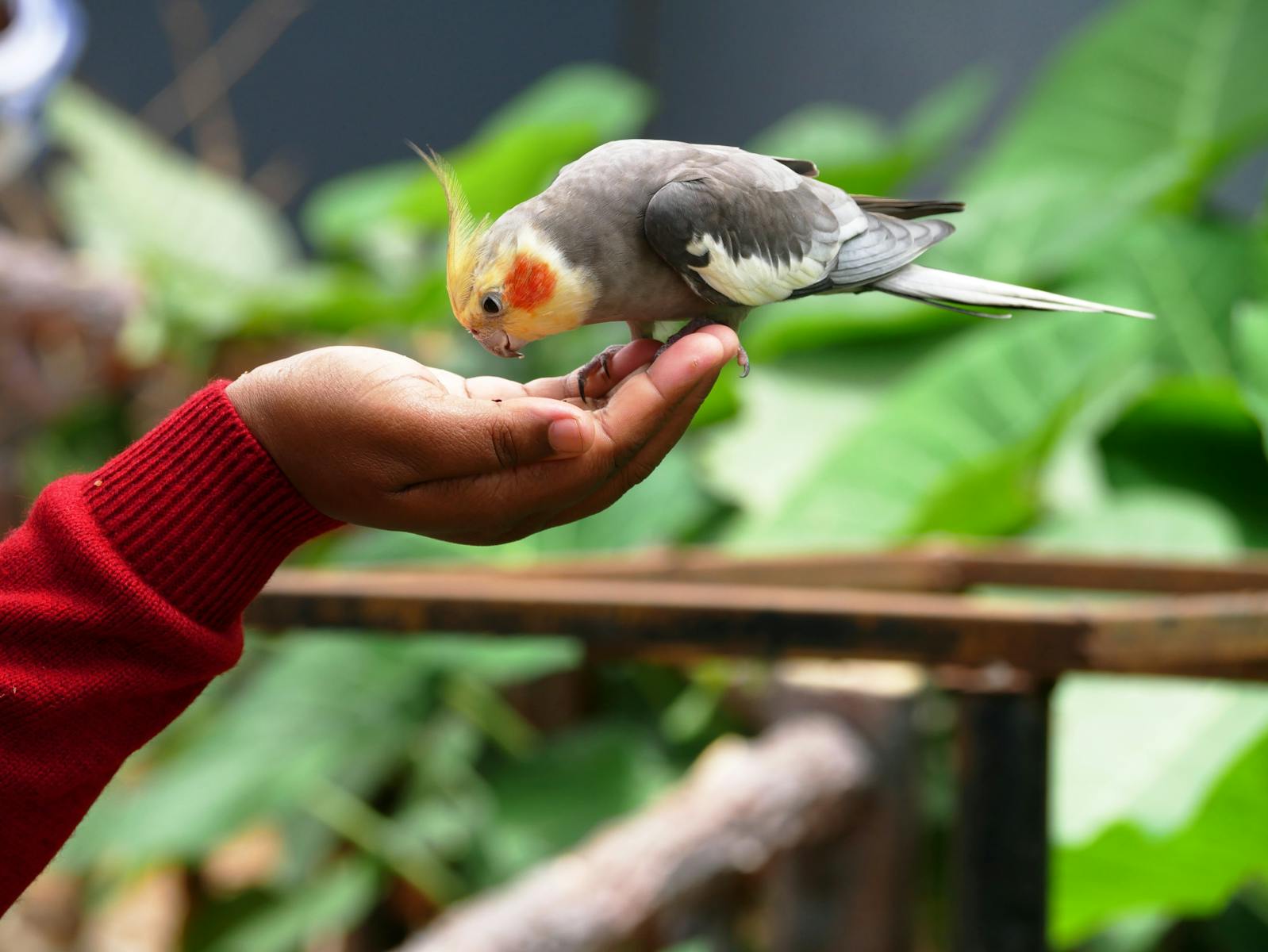
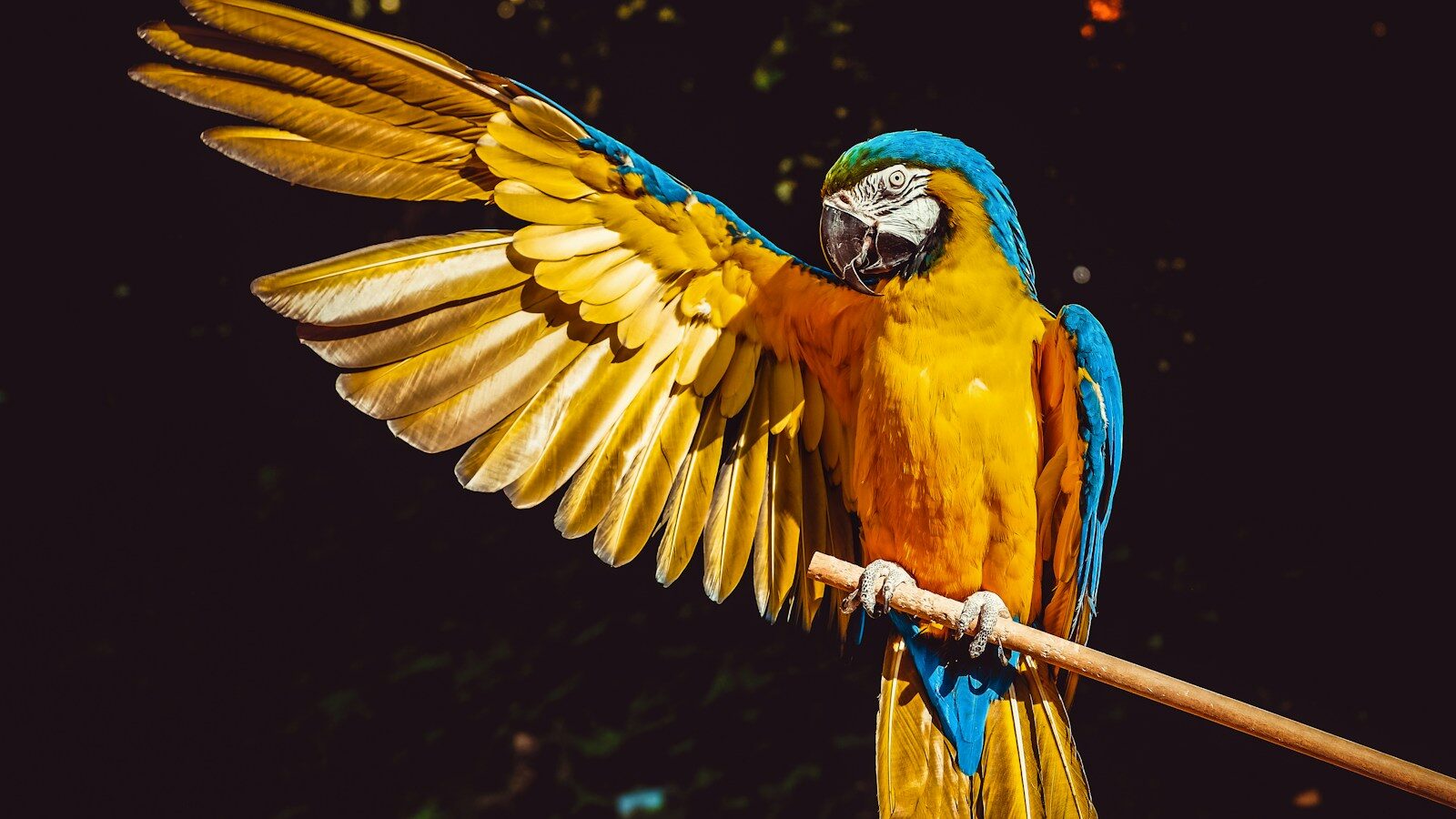

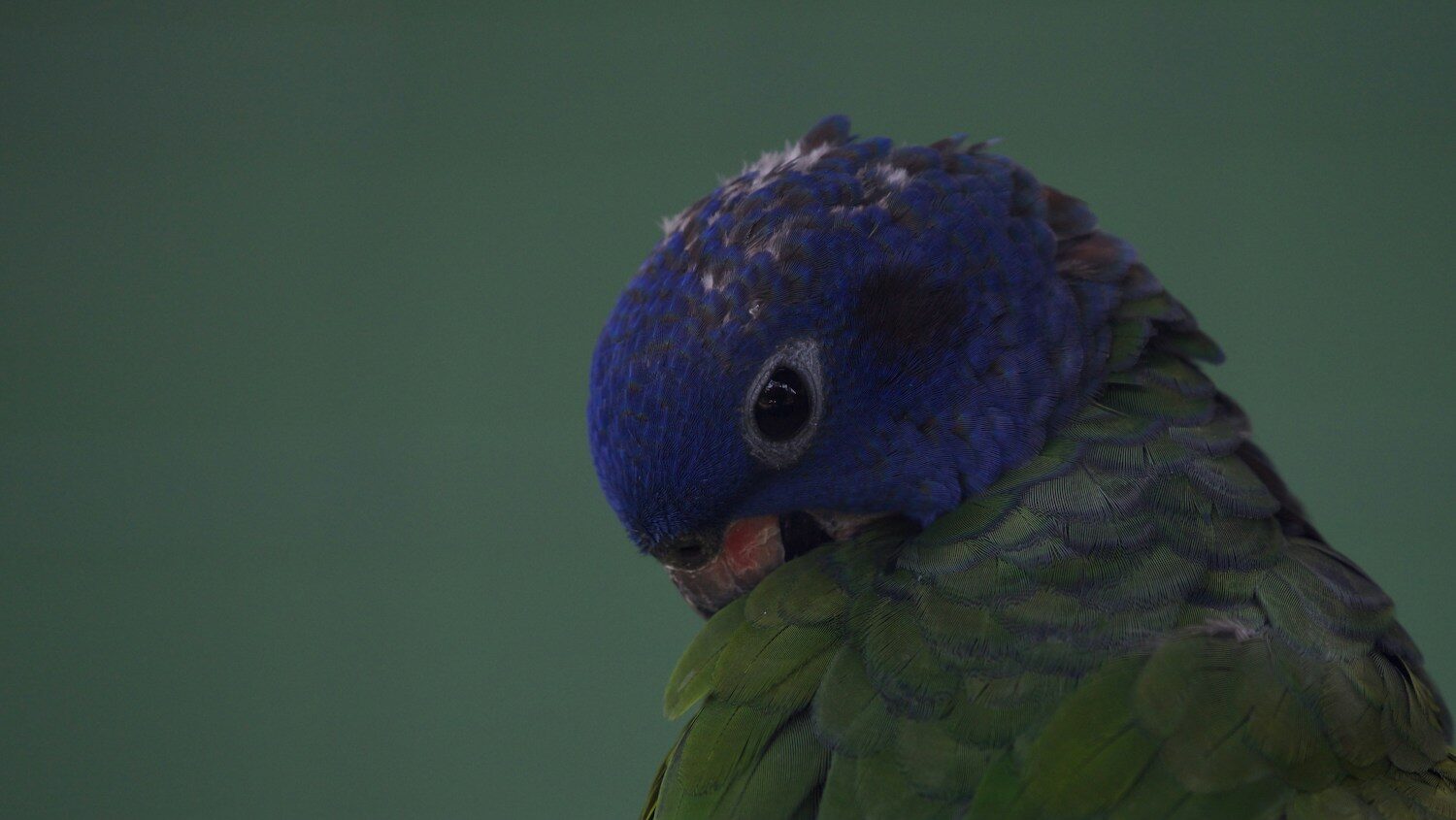

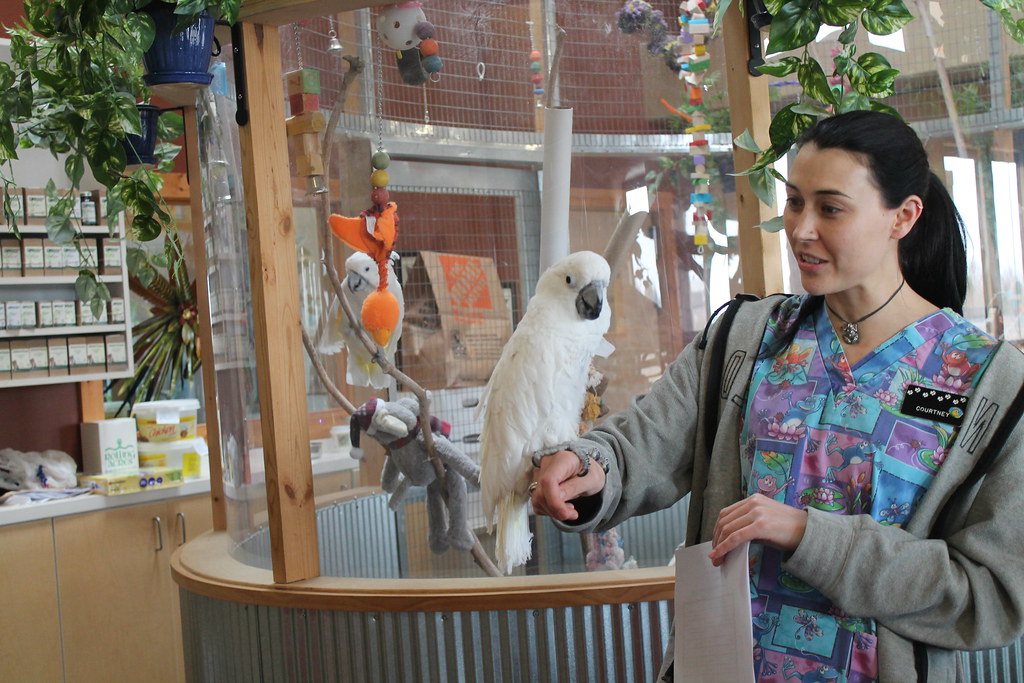




Leave a Reply